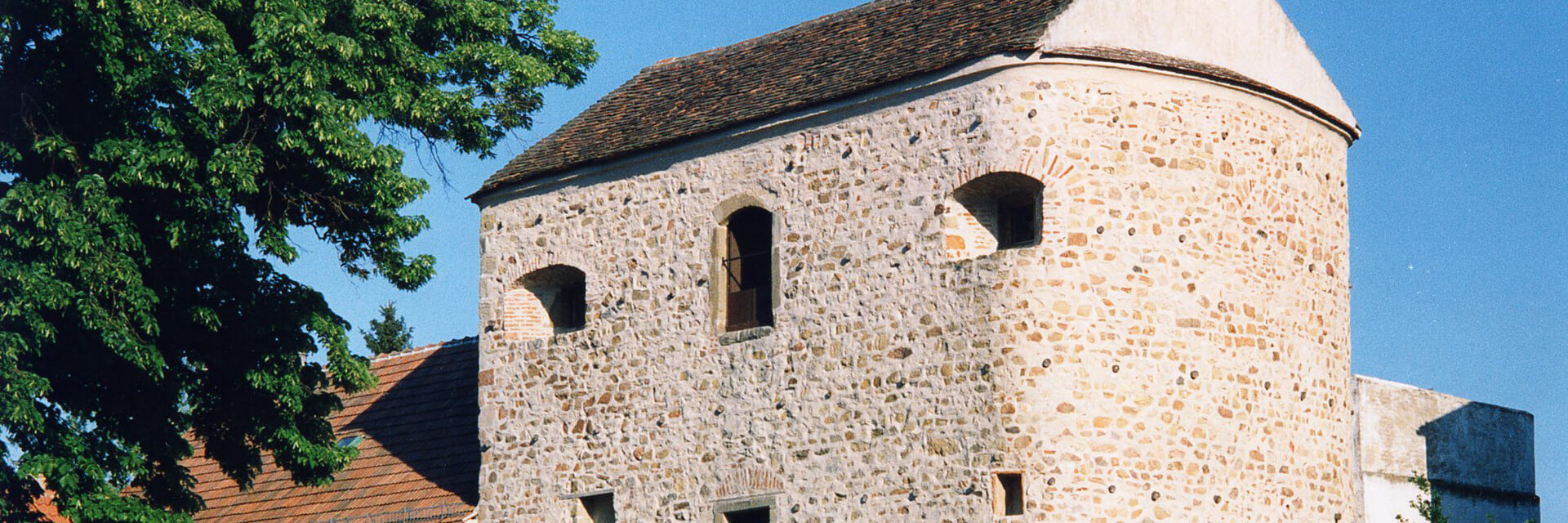Danube Limes - Roman legacy in Tulln
2,000 years of history you can touch
Tulln was once an important outpost of the Roman Empire - and you can still see that today. Mighty stone towers, old walls, grave finds and everyday objects bear witness to the life of the Romans along the Danube Limes. A UNESCO World Heritage Site that runs right through the region.
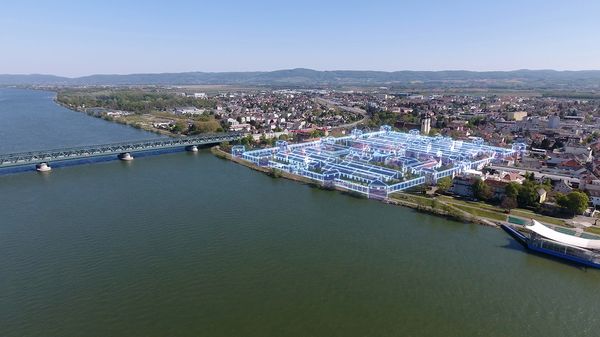
Roman traces in Tulln
Roman soldiers, traders and farmers settled along the Danube around the turn of the century. The equestrian camp of Comagena was established in Tulln, strategically placed to secure the imperial border. Around 1,000 cavalrymen were stationed here - a sizeable garrison that brought life to the region.
Trade, crafts and agriculture benefited from the military base. What remains are stone witnesses to an advanced civilization - directly visible in the cityscape.
Highlights of the Roman heritage in Tulln
Roman Tower ("Salt Tower")
Probably the most impressive witness to antiquity in Tulln.
- Built around 300 A.D.AD.
- Flanking tower of the western camp wall
- Used as an arsenal and salt store in the Middle Ages
- Used as a Protestant church from 1929-1967
- Today: clubhouse of the "Comagena" association
Special feature:
The Roman walls have been preserved up to the roof - an absolute rarity north of the Alps.
Note: Only the exterior can be viewed.
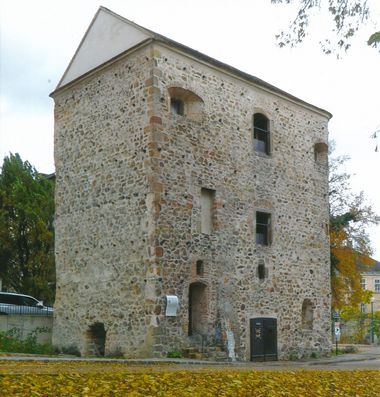
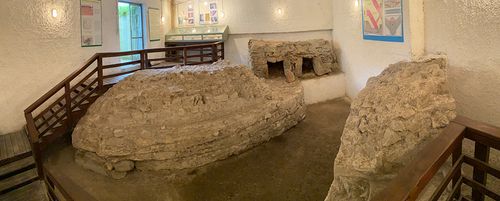
Fan tower
The excavation shows the access to this tower with the thickness and quality of the masonry.
- South-eastern corner tower of Fort Comagenis with quarter-circle ground plan
- From the second construction phase of the fort (after 350 AD)
- Remained until the Middle Ages
- Part of an early medieval oven system visible
- Was demolished during the expansion of the town
Note: The fan tower is only accessible with a guided tour via the courtyard of the Marc Aurel New Secondary School.
Porta Principalis Dextra
The original main entrance to the Roman cavalry camp.
- Double camp gate with two towers
- Foundation, wedge stone and support stone visible
- Building material: Vienna Woods sandstone
- Plastered with Roman mortar (lime, sand, water)
A piece of original Roman architecture - in the middle of the city.
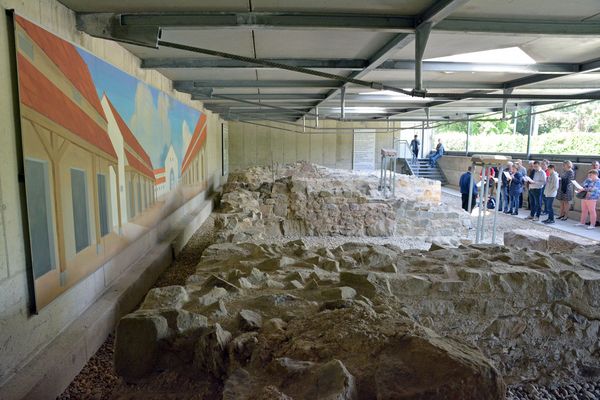
Tulln City Museum - Roman Museum
Located directly next to the porta principalis dextra.
- Selected finds from Comagenis
- Vessels, tools, jewelry, everyday objects
- Background information on the Roman way of life
Ideal for all those who want to delve deeper.
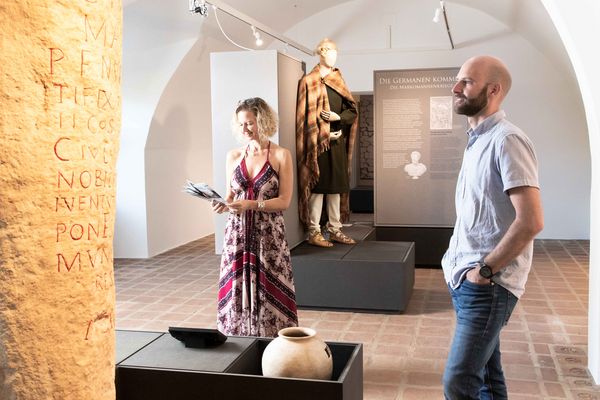
UNESCO World Heritage Site Danube Limes
Since July 30, 2021, the Danube Limes (western section) has been a UNESCO World Heritage Site.
It is part of the "Frontiers of the Roman Empire" - a network of historical sites of exceptional value.
Tulln is a central point along this line - and brings the history of the Romans to life for visitors today.
Excursion tips around Tulln
If you want to see more Roman history, simply stay on the Danube Cycle Path or Schubert Cycle Path:
- Zeiselmauer (approx. 10 km): Well-preserved fort remains
- Zwentendorf: site of the equestrian fort under Emperor Marcus Aurelius
- Traismauer: Roman gate and hunger tower from the fort period
All places are easily accessible by bike.
